Rethinking the Internet of Things: A Scalable Approach to Connecting Everything
Over the next decade, most devices connected to the Internet will not be used by people in the familiar way that personal computers, tablets and smart phones are. Billions of interconnected devices will be monitoring the environment, transportation systems, factories, farms, forests, utilities, soil and weather conditions, oceans and resources. Many of these sensors and
Over the next decade, most devices connected to the Internet will not be used by people in the familiar way that personal computers, tablets and smart phones are. Billions of interconnected devices will be monitoring the environment, transportation systems, factories, farms, forests, utilities, soil and weather conditions, oceans and resources.
Many of these sensors and actuators will be networked into autonomous sets, with much of the information being exchanged machine-to-machine directly and without human involvement. Machine-to-machine communications are typically terse. Most sensors and actuators will report or act upon small pieces of information – “chirps”. Burdening these devices with current network protocol stacks is inefficient, unnecessary and unduly increases their cost of ownership.
This must change. The architecture of the Internet of Things must evolve now by incorporating simpler protocols toward at the edges of the network, or remain forever inefficient. Rethinking the Internet of Things describes reasons why we must rethink current approaches to the Internet of Things. Appropriate architectures that will coexist with existing networking protocols are described in detail. An architecture comprised of integrator functions, propagator nodes, and end devices, along with their interactions, is explored.
What youll learn
Discusses the difference between the “normal” Internet and the Internet of Things. Describes a new architecture and its components in the “chirp” context. Explains the shortcomings of IP for IoT. Describes the anatomy of the IoT.Describes how to build a suitable network to maximize the amazing potential of the IoT.
Who this book is for
Thought leaders, executives, architectural, standards and development leaders in the evolving IoT industry. Corporations and organizations whose commercial products could be adapted simply to be functioning devices on the IOT while saving billions of dollars in unnecessary costs or proprietary designs. Those who wish to capitalize on technology change and those interested in the Internet, its capabilities and the need to improve it.
Table of Contents
Foreword
Preface
Chapter Goal: The reader will understand the new demands and opportunities of the Internet of Things (IoT). The preface introduces the idea of a new, simplified architectural approach that draws on nature.
Chapter 1: It’s Different Out Here
Chapter Goal: Reader should understand the difference between traditional Internet networking and the Internet of Things. What are the unique characteristics of the IoT that demand a new architecture? Why traditional architectures such as IP are a poor fit. Characteristics of an IoT-optimized architecture.
Chapter 2: Anatomy of the Internet of Things
Chapter Goal: Reader will understand the underlying principles of the emerging IoT architecture. Fundamental concepts are: the division of networking complexity among different devices; the make-up of the “Chirp” and how they are propagated; distinctions between transport and functional topologies; the concept of neighborhoods or zones of interest.
Chapter 3: On the Edge
Chapter Goal: Reader will learn the principles and characteristics of the End Devices in the IoT and how these will often differ from our present understanding of the Smartphone, tablet, and laptop. How the minimal networking needs of many IoT devices dictate elements of the architecture.
Chapter 4: Building a Web of Things
Chapter Goal: Reader will learn the characteristics and functionality of the Propagator node in the IoT Architecture. Some communications principles are introduced which will be more fully explored in Chapter 6.
Chapter 5: Small Data, Big Data, and Human Interaction
Chapter Goal: Reader will understand the role of Integrator functions in the IoT, the point in the IoT where humans interact to gain information from IoT data and to set parameters and control end devices. An explanation of zones of interest and neighborhoods, with a discussion of incorporating “small data” from chirps into big data analysis.
Chapter 6: An Architecture for the Frontier
Chapter Goal: Reader will gain an understanding of the challenges inherent in a communications architecture for the massive scale of the IoT. Exploiting the opportunities inherent in a machine-to-machine environment, a much simpler architecture is described in detail that readily scales to the required scope. This chapter adds technical depth to ideas introduced in Chapters 3-5.
Chapter 7: IoT Examples and Applications
Chapter Goal: Reader will learn about current and emerging applications in the Internet of Things. Reference wile b made to new applications enabled by the simpler architecture described in this book that are difficult or not possible with traditional networking protocols.
Chapter 8: Blueprint to the Internet of Things
Chapter Goal: Exploring the steps to IoT deployment. Standards based versus ad hoc approaches, call for industry cooperation and consortia. Intermediate incremental steps to broader adoption.
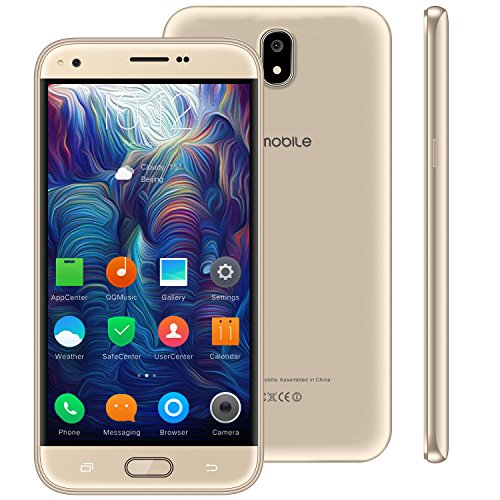
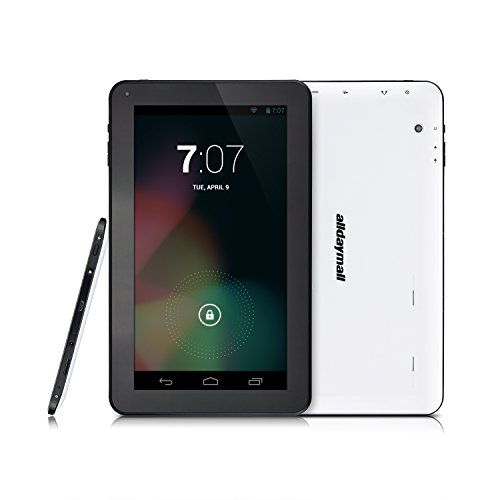

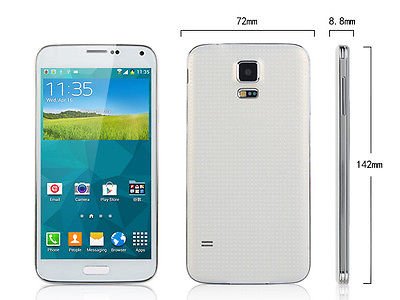
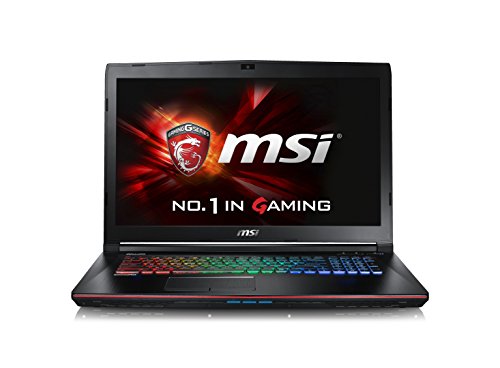
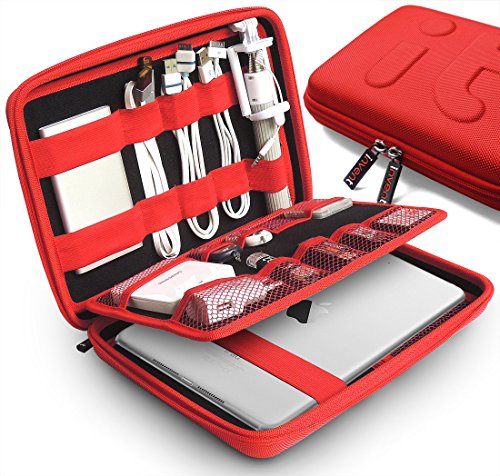
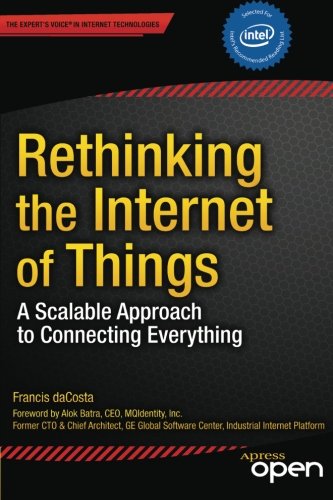
Comments